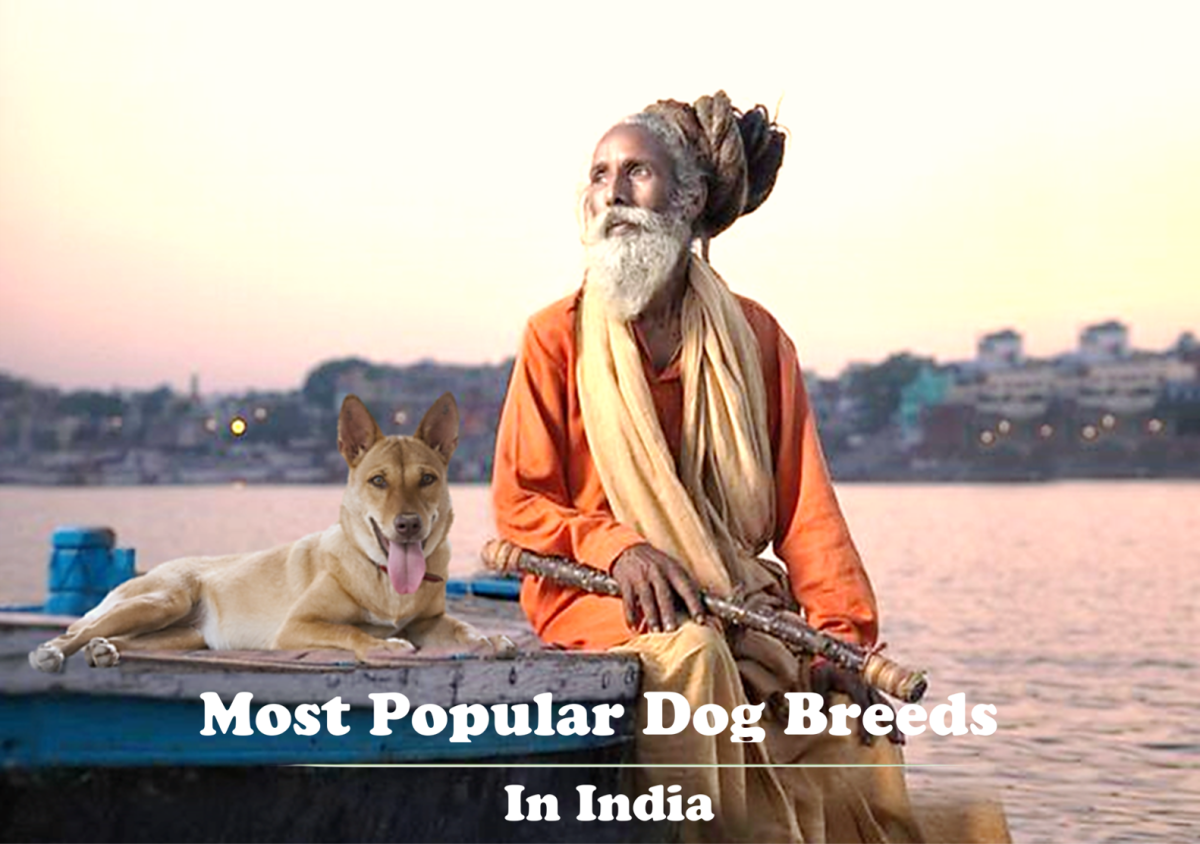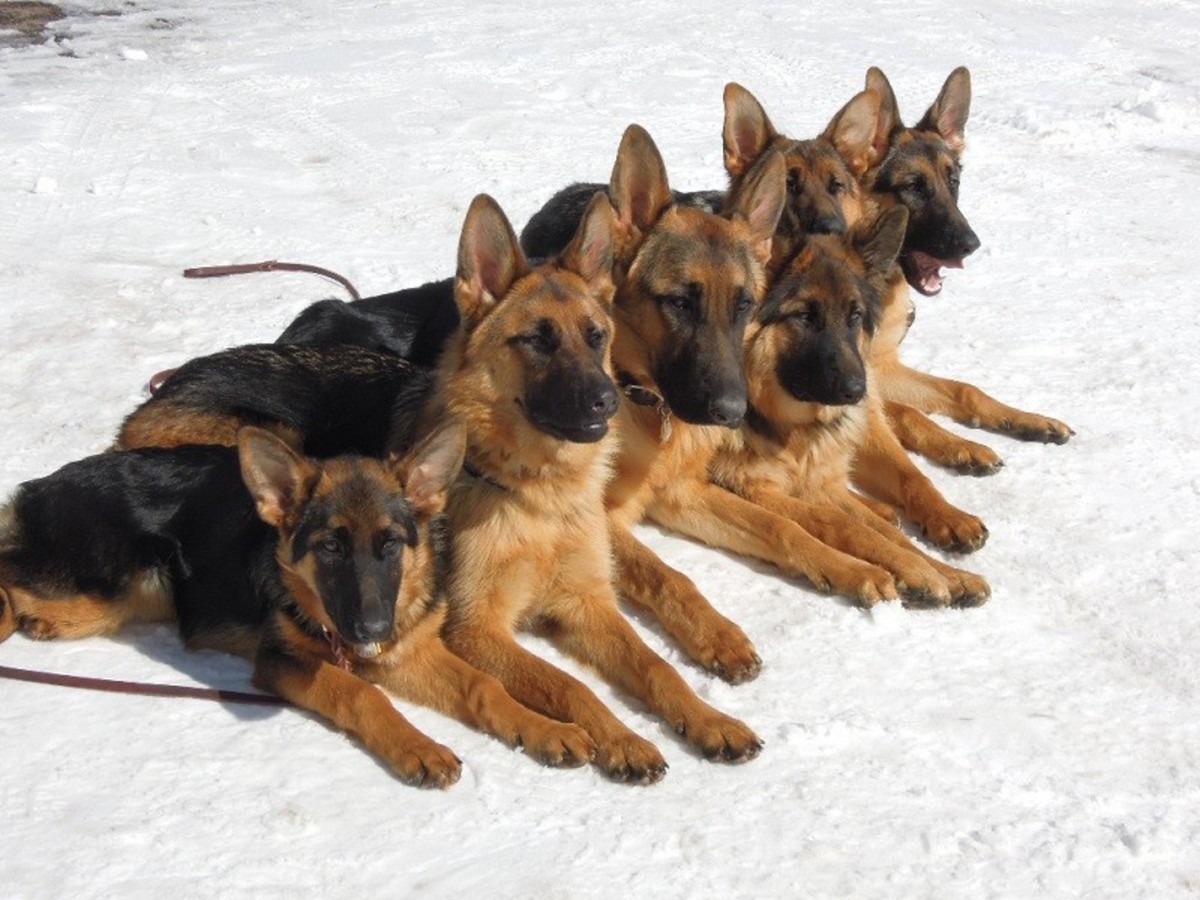The Nova Scotia Duck Tolling Retriever At-A-Glance
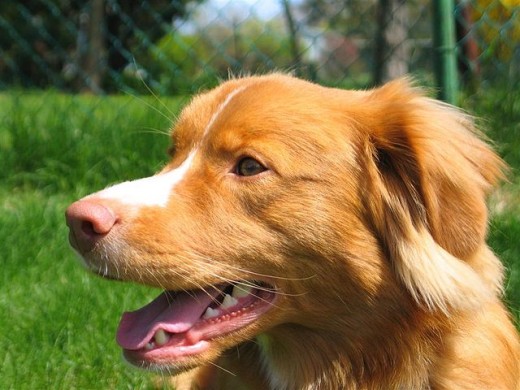
The Duck Hunter's Dog of Choice . . . And A Good Friend, Too!
Want to know the absolute best dog to have when it comes to duck hunting? It's a breed of retriever with the unique ability to lure ducks right up to the hunter's blind. Exceptionally intelligent, very easy to train and eagerly works on land and over water... it's none other than the Nova Scotia Duck Tolling Retriever.
But make no mistake . . . Tollers are not just for the 'hunt' . . . they are one of the most lively, lovable and loyal companions you can have! So take a moment to learn more about this beautiful dog breed.
.............................................................
Photo Source for the above image: Wikimedia Commons. All other images either CCO public domain or are copyrighted by their respective owners
Hi. . . I'm A Nova Scotia Duck Tolling Retriever - Here's A Bit of Background & History About My Breed
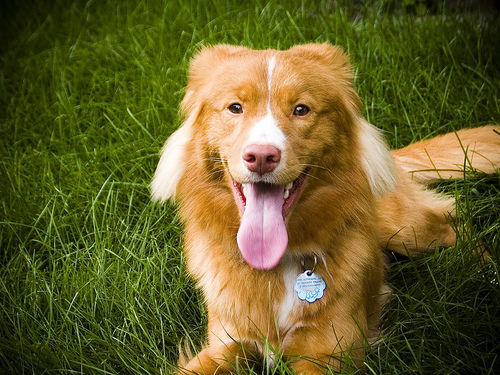
"Dekster" - Photo used under Creative Commons from: christopher.woo, on Flickr
What Duck Tolling Retrievers Look Like
The "Duck Toller" is a small-to-medium-sized Retriever with a soft undercoat and long, silky, straight hair except down the center of the back, where it is wavy. The coat's color is that of the red fox (red to fawn, but slightly lighter than that of an Irish Setter). Most Tollers show some white on the chest, belly, toes, and top of the tail. The tail is well feathered and carried aloft when the dog is in action. As a pure breed, a flesh-colored nose is preferred.
When the Toller's coat gets wet it has little or no odor, and dries quickly. It is very clean, with mud and dirt coming off as soon as it is dry, without bathing or brushing.
Minimum weight at eighteen months is 50 pounds for a male and 35 pounds for a female.
Video: Nova Scotia Duck Tolling Retriever

What The Heck Is "Duck Tolling"?
"Tolling" is a colloquial term which means "to lure or entice to come nearer."
In case you didn't know, most ducks are very curious. With just the right distraction on shore, the curious duck will gradually approach the shoreline.
The ducks appear to become hypnotized, and once their gaze becomes centered upon the object of their curiosity, they will scarcely notice other objects that are moving close by.
Of course, one must create just the right distraction in order to successfully toll ducks.
A "Duck Tolling" Scenario
The hunter remains hidden in his blind until he sees a raft of ducks in the water offshore. He then sends his Toller onto the beach by throwing a stick or pebble. The dog runs up and down the beach, silently searching, at the same time eagerly wagging his plum tail aloft. It is this vigorous tail wagging that attracts the ducks to the water's edge, giving the hunter his shot. The versatile Toller then brings the duck to his master's hand.
This is the special talent of the "Duck Tolling Retriever" affectionately known as the "Duck Toller".
Did You Know?
The Nova Scotia Duck Tolling Retriever is the official dog of the Canadian province of Nova Scotia.
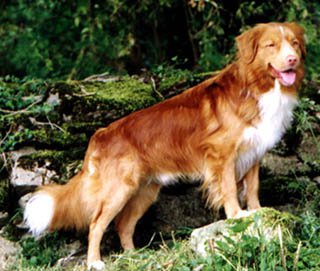
The Mysterious Origins Of The Nova Scotia Duck Tolling Retriever: 3 Versions
The origin of the Nova Scotia Duck Tolling Retriever is shrouded in mystery. There are several versions, but all seem to agree that most of the development took place along the Little River, in Yarmouth Toller County, Nova Scotia. Hence, its popular names:
-- Nova Scotia Duck Tollers
-- Little River Duck Dog
-- Little Red Duck Dog
-- Yarmouth Toller
-- Tolling Retriever
-- The Toller
____________________________________________
VERSION #1: Supposedly . . . A young teenager by the name of Andrew McGray was hunting waterfowl in 1882 and came across a Micmac Indian hiding in the brushes and throwing sticks toward the beach. His little fox-like dog dashed out to retrieve the sticks, tail wagging, and the fascinated ducks began to swim toward the shore.
When the ducks got within range, the Indian let go with his single barreled shotgun. McGray is said to have gotten the dog by barter from the Indian, who claimed it was a cross between a mixed female and a wild fox.
____________________________________________
VERSION #2: Supposedly . . . A man named James Allen of Yarmouth obtained a female Flat Coated English Retriever from the captain of schooner and mated this with a Labrador Retriever. Females from the resulting litter were bred to a brown Cocker Spaniel imported to Nova Scotia from Massachusetts. Later on, a cross with an Irish Setter was introduced to establish the present characteristics of the Toller.
____________________________________________
VERSION #3: Supposedly . . . A Flat Coated Retriever was shipwrecked in February or March, and found its way to an island which was heavily infested with foxes. This event coincided with the breeding season of the foxes and, according to the story, the female produced a litter by a fox.
The next fall some fishermen noted the puppies on shore working in pairs, one enticing the ducks toward the shore by twitching its plume while the second lay in wait ready to pounce when the ducks came close enough. The fisherman caught these pups and brought them home. Then, breeding from this stock, they developed the original Nova Scotia Duck Tolling Retrievers.
____________________________________________
Interesting Note: two of the versions involve the Toller as originating from the red fox. It is apparently true that a male fox will mate with a dog if she comes in season in February or March. However, geneticists report no scientifically verified case of fertile hybrids from such a mating, and would no doubt take this theory with a grain of salt.
Hybrids between species so distantly related are not usually successful. In any case it is evident that the practical Nova Scotian hunter, wise in the ways of the red fox and tolling ducks, has bred the Nova Scotia Duck Tolling Retriever to be a master of the same craft.
Did You Know?
The Nova Scotia Duck Tolling Retriever, as a pure breed, is presently in danger of extinction?
Photo used under Creative Commons from: WillowToller, on Flickr
The Nova Scotia Duck Tolling Retriever was first recognized as a type around 1910, and around 1930 they were being bred as pure-bred dogs. They were first registered by the Canadian Kennel Club in 1945 through the efforts of Col. Colwell, of Halifax.
Unfortunately, most of the registered dogs died during the following years and it was not until Eldon Pace of Subenacadie and Avery Nickerson of Yarmouth combined efforts in 1962 that several dogs were found in Nova Scotia with the necessary records on file. These dogs were registered with the Canadian Kennel Club and registered Tollers were again available in Nova Scotia.
However, the breed is by no means out of danger. There are only several kennels in Canada that are raising pure-bred Tollers and, although a few good Tollers are being bred in the United States, they were not approved by the American Kennel Club until June 11, 2001.
Because of its keen intelligence, the Toller is a good candidate for obedience training and field trials. Bear in mind. . . not much work has been done with Duck Tollers and competition, because the Nova Scotian hunter has been more interested in his dog's performance from a duck blind. However, some owners are now taking an interest in competitive sports and it is hoped that Tollers will soon be competing.
Discover More About Duck Tolling Retrievers - 3 Invaluable Resources for Learning About Nova Scotia Duck Tolling Retrievers

Video: Nova Scotia Duck Tollers' Reunion
Duck Toller Resources
For more in-depth information about the Nova Scotia Duck Tolling Retriever, as well as general dog care tips, check out . . .
- Nova Scotia Duck Tolling Retriever Club (USA)
The Nova Scotia Duck Tolling Retriever Club (USA) is the only national breed club for Tollers, and is the parent breed club recognized by the American Kennel Club. - Nova Scotia Duck Tolling Retriever Club of Canada
The Nova Scotia Duck Tolling Retriever Club of Canada is the official voice of Tollers in Canada. Established in 1974, the club was formed to promote and educate about the breed... - Nova Scotia Duck Tolling Retriever Club of UK
One of two Duck Tolling Retriever clubs in Great Britain . . . - The Toller Club Of Great Britain
The Toller Club Of Great Britain is a breed club dedicated to the Nova Scotia Duck Tolling Retriever (Toller). The club was formed during the Summer of 2004 and has evolved constantly since that time.
© 2008 Dee Gallemore


